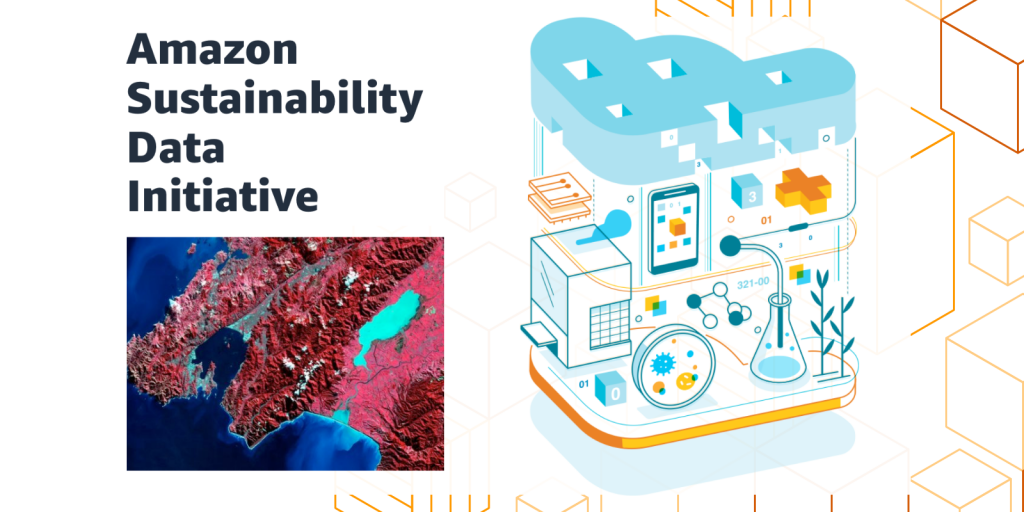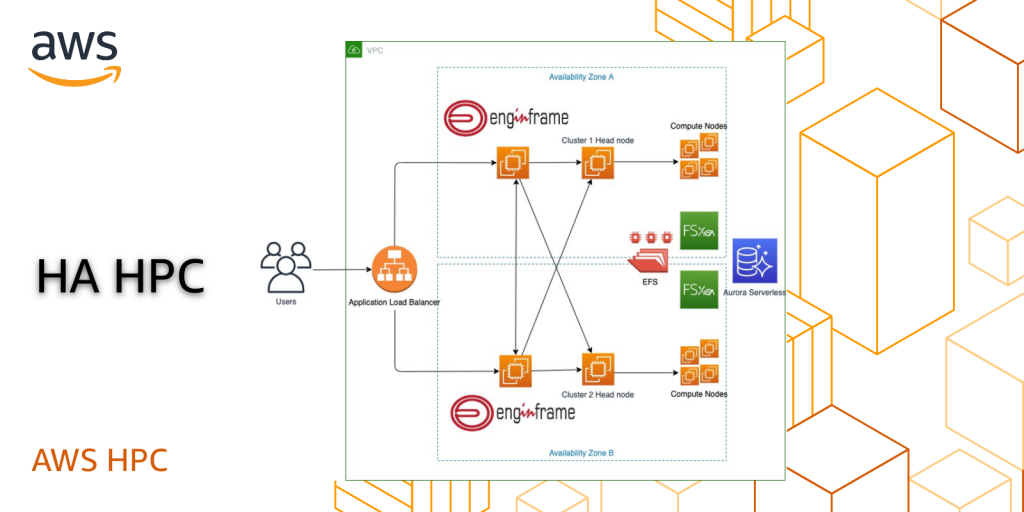AWS HPC Blog
Category: AWS ParallelCluster
Running GROMACS on GPU instances: multi-node price-performance
This three-part series of posts cover the price performance characteristics of running GROMACS on Amazon Elastic Compute Cloud (Amazon EC2) GPU instances. Part 1 covered some background no GROMACS and how it utilizes GPUs for acceleration. Part 2 covered the price performance of GROMACS on a particular GPU instance family running on a single instance. […]
Running the Harmonie numerical weather prediction model on AWS
The Danish Meteorological Institute (DMI) is responsible for running atmospheric, climate and ocean models covering the kingdom of Denmark. We worked together with the DMI to port and run a full numerical weather prediction (NWP) cycling dataflow with the Harmonie Numerical Weather Prediction (NWP) model to AWS. You can find a report of the porting and operational experience in the ACCORD community newsletter. In this blog post, we expand on that report to present the initial timing results from running the forecast component of Harmonie model on AWS. We also present these as-is timing results together with as-is timings attained on the supercomputing systems based on Cray XC40 and Intel Xeon based Cray XC50.
Cost-optimization on Spot Instances using checkpoint for Ansys LS-DYNA
A major portion of the costs incurred for running Finite Element Analyses (FEA) workloads on AWS comes from the usage of Amazon EC2 instances. Amazon EC2 Spot Instances offer a cost-effective architectural choice, allowing you to take advantage of unused EC2 capacity for up to a 90% discount compared to On-Demand Instance prices. In this post, we describe how you 0can run fault-tolerant FEA workloads on Spot Instances using Ansys LS-DYNA’s checkpointing and auto-restart utility.
Quantum Chemistry Calculation with FHI-aims code on AWS
This article was contributed by Dr. Fabio Baruffa, Sr. HPC and QC Solutions Architect at AWS, and Dr. Jesús Pérez Ríos, Group Leader at the Fritz Haber Institute, Max-Planck Society. Introduction Quantum chemistry – the study of the inherently quantum interactions between atoms forming part of molecules – is a cornerstone of modern chemistry. […]
New: Introducing AWS ParallelCluster 3
Running HPC workloads, like computational fluid dynamics (CFD), molecular dynamics, or weather forecasting typically involves a lot of moving parts. You need a hundreds or thousands of compute cores, a job scheduler for keeping them fed, a shared file system that’s tuned for throughput or IOPS (or both), loads of libraries, a fast network, and […]
Supporting climate model simulations to accelerate climate science
The Amazon Sustainability Data Initiative (ASDI), AWS is donating cloud resources, technical support, and access to scalable infrastructure and fast networking providing high performance computing solutions to support simulations of near-term climate using the National Center for Atmospheric Research (NCAR) Community Earth System Model Version 2 (CESM2) and its Whole Atmosphere Community Climate Model (WACCM). In collaboration with ASDI, AWS, and SilverLining, a nonprofit dedicated to ensuring a safe climate, the National Center for Atmospheric Research (NCAR) will run an ensemble of 30 climate-model simulations on AWS. The climate runs will simulate the Earth system over the period of years 2022-2070 under a median scenario for warming and make them available through the AWS Open Data Program. The simulation work will demonstrate the ability to use cloud infrastructure to advance climate models in support of robust scientific studies by researchers around the world and aims to accelerate and democratize climate science.
Building highly-available HPC infrastructure on AWS
In this blog post, we will explain how to launch highly available HPC clusters across an AWS Region. The solution is deployed using the AWS Cloud Developer Kit (AWS CDK), a software development framework for defining cloud infrastructure in code and provisioning it through AWS CloudFormation, hiding the complexity of integration between the components.
Numerical weather prediction on AWS Graviton2
The Weather Research and Forecasting (WRF) model is a numerical weather prediction (NWP) system designed to serve both atmospheric research and operational forecasting needs. With the release of Arm-based AWS Graviton2 Amazon Elastic Compute Cloud (EC2) instances, a common question has been how these instances perform on large-scale NWP workloads. In this blog, we will present results from a standard WRF benchmark simulation and compare across three different instance types.
GROMACS price-performance optimizations on AWS
Molecular dynamics (MD) is a simulation method for analyzing the movement and tracing trajectories of atoms and molecules where the dynamics of a system evolve over time. MD simulations are used across various domains such as material sciences, biochemistry, biophysics and are typically used in two broad ways to study a system. The importance of […]
Running finite element analysis using Simcenter Nastran on AWS
This post was written by Dnyanesh Digraskar, Sr. Partner Solutions Architect for HPC at AWS and co-authored by Wei Zhang and Ravi Gupta, Sr Software Engineers for Simcenter Nastran at Siemens. Introduction In this blog, we demonstrate the deployment, performance, and price comparisons of Simcenter Nastran for three finite element analysis (FEA) based use cases […]









